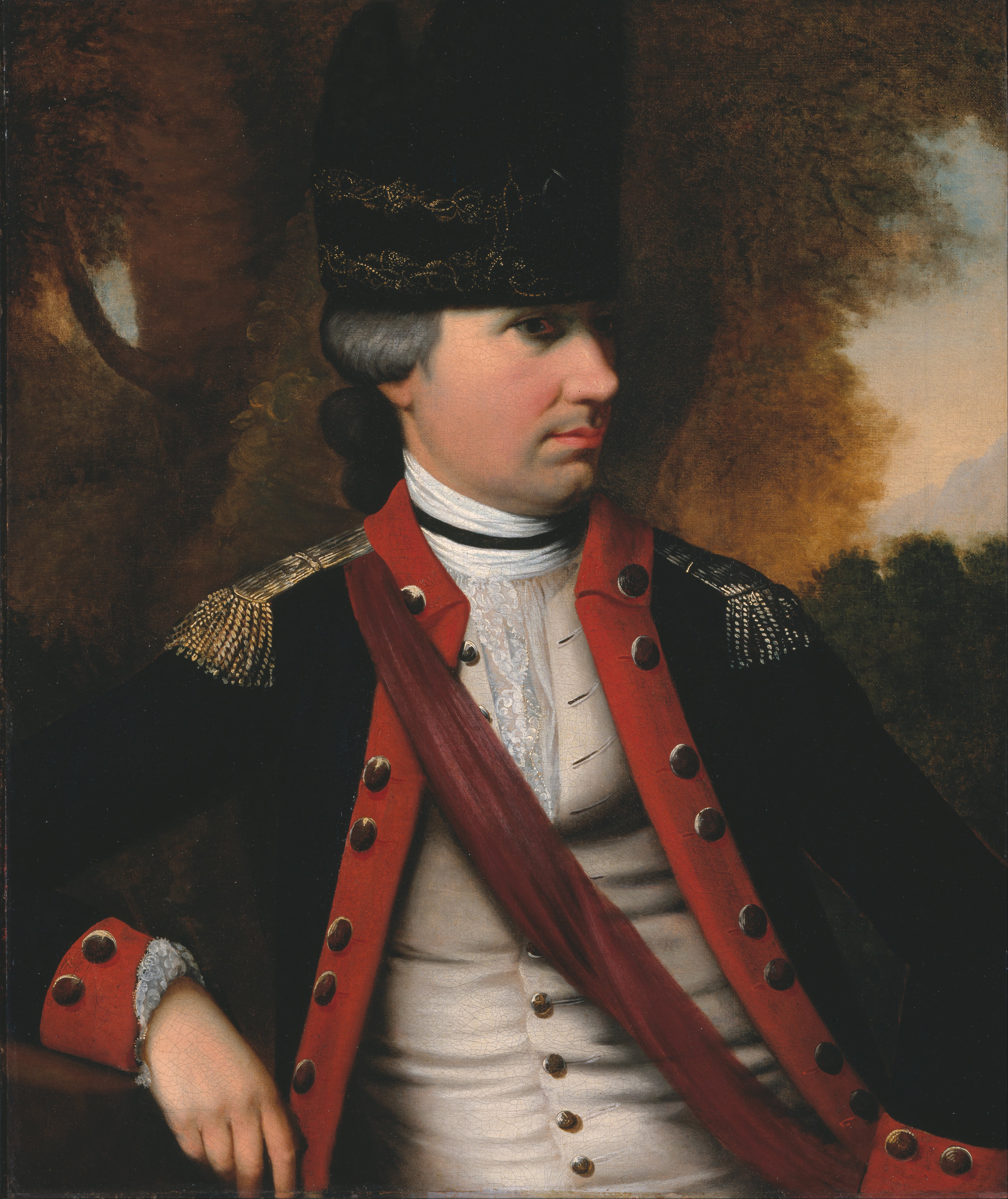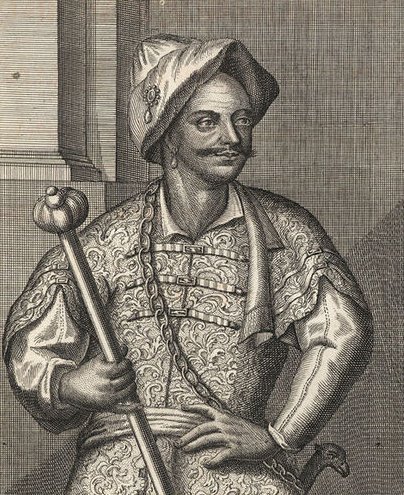|
Moors Sundry Act Of 1790
The Moors Sundry Act of 1790 was a 1790 advisory resolution passed by South Carolina House of Representatives, clarifying the status of free subjects of the Sultan of Morocco, Mohammed ben Abdallah. The resolution offered the opinion that free citizens of Morocco were not subject to laws governing blacks and slaves. Petition from Sundry Free Moors On January 20, 1790, a petition was presented to the South Carolina House of Representatives from a group of four individuals who were subjects of the Moroccan emperor and residents of the state. They desired that if they happened to commit any fault amenable to be brought to justice, that as subjects to a prince allied with the United States through the Moroccan–American Treaty of Friendship, they would be tried as citizens instead of under the Negro Act of 1740. The ''Free Moors'', Francis, Daniel, Hammond and Samuel petitioned on behalf of themselves and their wives Fatima, Flora, Sarah and Clarinda. They explained how some years ... [...More Info...] [...Related Items...] OR: [Wikipedia] [Google] [Baidu] |
South Carolina House Of Representatives
The South Carolina House of Representatives is the lower house of the South Carolina General Assembly. It consists of 124 representatives elected to two-year terms at the same time as U.S. congressional elections. Unlike many legislatures, seating on the floor is not divided by party, but is arranged by county delegation – a legacy of the original apportionment of the chamber. Until 1964, each of South Carolina's counties was a legislative district, with the number of representatives determined by the county's population. It meets from the second week of January into May. History In Colonial times, there was a Commons House of Assembly. Qualifications and terms Representatives are considered part-time citizen legislators who serve two-year terms. Representatives are elected at-large by their district, and there are no term limits. Representatives must be 21 years of age before they are eligible to become a representative. Composition Leadership Current members Pa ... [...More Info...] [...Related Items...] OR: [Wikipedia] [Google] [Baidu] |
Charles Cotesworth Pinckney
Charles Cotesworth Pinckney (February 25, 1746 – August 16, 1825) was an American Founding Father, statesman of South Carolina, Revolutionary War veteran, and delegate to the Constitutional Convention where he signed the United States Constitution. He was twice nominated by the Federalist Party as its presidential candidate in 1804 and 1808, losing both elections. Pinckney was born into a powerful family of Southern planters. He practiced law for several years and was elected to the colonial legislature. A supporter of independence from Great Britain, Pinckney served in the Revolutionary War, rising to the rank of brigadier-general. After the war, he won election to the South Carolina legislature, where he and his brother Thomas Pinckney represented the landed elite of the South Carolina Lowcountry. An advocate of a stronger federal government, Pinckney served as a delegate to the 1787 Philadelphia Convention, which wrote a new federal constitution. Pinckney's influence help ... [...More Info...] [...Related Items...] OR: [Wikipedia] [Google] [Baidu] |
1790 In American Law
Year 179 ( CLXXIX) was a common year starting on Thursday (link will display the full calendar) of the Julian calendar. At the time, it was known as the Year of the Consulship of Aurelius and Veru (or, less frequently, year 932 '' Ab urbe condita''). The denomination 179 for this year has been used since the early medieval period, when the Anno Domini calendar era became the prevalent method in Europe for naming years. Events By place Roman empire * The Roman fort Castra Regina ("fortress by the Regen river") is built at Regensburg, on the right bank of the Danube in Germany. * Roman legionaries of Legio II ''Adiutrix'' engrave on the rock of the Trenčín Castle (Slovakia) the name of the town ''Laugaritio'', marking the northernmost point of Roman presence in that part of Europe. * Marcus Aurelius drives the Marcomanni over the Danube and reinforces the border. To repopulate and rebuild a devastated Pannonia, Rome allows the first German colonists to enter territory ... [...More Info...] [...Related Items...] OR: [Wikipedia] [Google] [Baidu] |
Race Legislation In The United States
Legislation seeking to direct relations between racial or ethnic groups in the United States has had several historical phases, developing from the European colonization of the Americas, the triangular slave trade, and the American Indian Wars. The 1776 Declaration of Independence included the statement that "all men are created equal," which has ultimately inspired actions and legislation against slavery and racial discrimination. Such actions have led to passage of the 13th, 14th, and 15th Amendments to the Constitution of the United States. The first period extended until the American Civil War and the Reconstruction era, the second period spanned the Nadir of American race relations period until the early 20th century, and the last period began with World War II and the civil rights movement, which led to the repeal of racial segregation laws. Racial legislation has been intertwined with immigration laws, which sometimes included specific provisions against particular nat ... [...More Info...] [...Related Items...] OR: [Wikipedia] [Google] [Baidu] |
Slavery In Morocco
Slavery existed in Morocco since antiquity. Morocco was a center of the Trans-Saharan slave trade route of enslaved Black Africans from sub-Saharan Africa, as well as a center of the slave trade of Barbary slave trade of Europeans captured by the barbary pirates. The slave trade was supressed in Morocco in the 20th-century. Slave trade African slave trade Between the 7th-century during the Middle ages until the early 20th-century, Morocco was a center of the Trans-Saharan slave trade of enslaved Africans along the route from Timbuktu to the slave market in Marrakesh, from which they were transported to the rest of Morocco and the Mediterranean world as a whole. In accordance with the Islamic law that Muslims were free to enslave non-Muslims, African tribes who converted to Islam captured non-Muslim people and exported them along the trade route along the coast north toward Morocco. During the Almoravid dynasty (1040-1147) the trade route exported weapons and textiles f ... [...More Info...] [...Related Items...] OR: [Wikipedia] [Google] [Baidu] |
Moroccan-American History
Moroccan Americans are Americans of Moroccan ancestry. This includes people who have dual Moroccan and United States citizenship. History of immigration Moroccan presence in the United States was rare until the mid-twentieth century. The first North African who came to the current United States was probably Estebanico Al Azemmouri (also called Estevanico), a Muslim Moroccan of Gnawa descent , who participated in Pánfilo de Narváez's ill-fated expedition to colonize Florida and the Gulf Coast in 1527. Only Azemmouri and three of his comrades survived during the eleven year, 5,000 mile journey from Florida to Texas.Se confirma la presencia de musulmanes hispanos en la América precolombina (in Spani ... [...More Info...] [...Related Items...] OR: [Wikipedia] [Google] [Baidu] |
Legal History Of South Carolina
Law is a set of rules that are created and are enforceable by social or governmental institutions to regulate behavior,Robertson, ''Crimes against humanity'', 90. with its precise definition a matter of longstanding debate. It has been variously described as a science and as the art of justice. State-enforced laws can be made by a group legislature or by a single legislator, resulting in statutes; by the executive through decrees and regulations; or established by judges through precedent, usually in common law jurisdictions. Private individuals may create legally binding contracts, including arbitration agreements that adopt alternative ways of resolving disputes to standard court litigation. The creation of laws themselves may be influenced by a constitution, written or tacit, and the rights encoded therein. The law shapes politics, economics, history and society in various ways and serves as a mediator of relations between people. Legal systems vary between jurisdictions, ... [...More Info...] [...Related Items...] OR: [Wikipedia] [Google] [Baidu] |
1790 In South Carolina
Year 179 ( CLXXIX) was a common year starting on Thursday (link will display the full calendar) of the Julian calendar. At the time, it was known as the Year of the Consulship of Aurelius and Veru (or, less frequently, year 932 '' Ab urbe condita''). The denomination 179 for this year has been used since the early medieval period, when the Anno Domini calendar era became the prevalent method in Europe for naming years. Events By place Roman empire * The Roman fort Castra Regina ("fortress by the Regen river") is built at Regensburg, on the right bank of the Danube in Germany. * Roman legionaries of Legio II ''Adiutrix'' engrave on the rock of the Trenčín Castle (Slovakia) the name of the town ''Laugaritio'', marking the northernmost point of Roman presence in that part of Europe. * Marcus Aurelius drives the Marcomanni over the Danube and reinforces the border. To repopulate and rebuild a devastated Pannonia, Rome allows the first German colonists to enter territory ... [...More Info...] [...Related Items...] OR: [Wikipedia] [Google] [Baidu] |
South Carolina Law
South is one of the cardinal directions or compass points. The direction is the opposite of north and is perpendicular to both east and west. Etymology The word ''south'' comes from Old English ''sūþ'', from earlier Proto-Germanic ''*sunþaz'' ("south"), possibly related to the same Proto-Indo-European root that the word ''sun'' derived from. Some languages describe south in the same way, from the fact that it is the direction of the sun at noon (in the Northern Hemisphere), like Latin meridies 'noon, south' (from medius 'middle' + dies 'day', cf English meridional), while others describe south as the right-hand side of the rising sun, like Biblical Hebrew תֵּימָן teiman 'south' from יָמִין yamin 'right', Aramaic תַּימנַא taymna from יָמִין yamin 'right' and Syriac ܬܰܝܡܢܳܐ taymna from ܝܰܡܝܺܢܳܐ yamina (hence the name of Yemen, the land to the south/right of the Levant). Navigation By convention, the ''bottom or down-facing side'' of ... [...More Info...] [...Related Items...] OR: [Wikipedia] [Google] [Baidu] |
Moorish Science Temple Of America
The Moorish Science Temple of America is an American national and religious organization founded by Noble Drew Ali (born as Timothy Drew) in the early twentieth century. He based it on the premise that African Americans are descendants of the Moabites and thus are " Moorish" (sometimes also spelled "Muurish" by adherents) by nationality, and Islamic by faith. Ali put together elements of major traditions to develop a message of personal transformation through historical education, racial pride and spiritual uplift. His doctrine was also intended to provide African Americans with a sense of identity in the world and to promote civic involvement. An organization with headquarters in Baltimore, Maryland, claiming to be "the ONLY Moorish Science Temple teaching the full National side of the Moorish Movement", is the Moorish Science Temple, with registered business names of the Divine and National Movement of North America, Inc., and Moorish American National Republic. One primary ... [...More Info...] [...Related Items...] OR: [Wikipedia] [Google] [Baidu] |
Naturalization Act Of 1790
The Naturalization Act of 1790 (, enacted March 26, 1790) was a law of the United States Congress that set the first uniform rules for the granting of United States citizenship by naturalization. The law limited naturalization to "free White person(s) ... of good character", thus excluding Native Americans, indentured servants, slaves, free black people, and later Asians, although free black people were allowed citizenship at the state level in a number of states. The courts also associated whiteness with Christianity, and thus Muslim immigrants were also excluded from citizenship, until the decision ''Ex Parte Mohriez'' recognized citizenship for a Saudi Muslim man in 1944. The Act was modeled on the Plantation Act 1740 with respect to time, oath of allegiance, process of swearing before a judge, etc. Provisions There was a two-year residency requirement in the United States and one year in the state of residence before an alien would apply for citizenship, by filing a ... [...More Info...] [...Related Items...] OR: [Wikipedia] [Google] [Baidu] |





